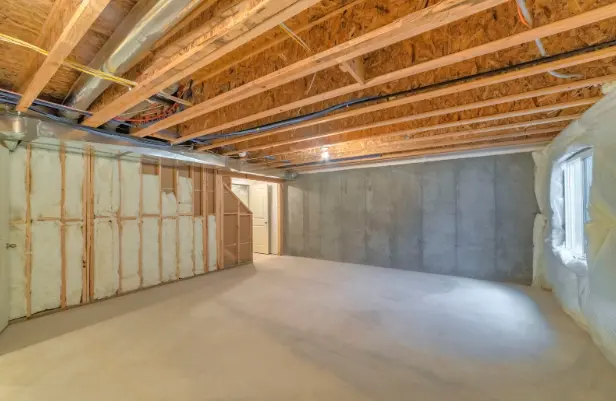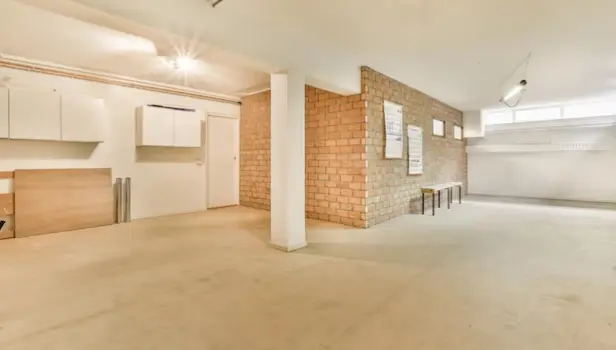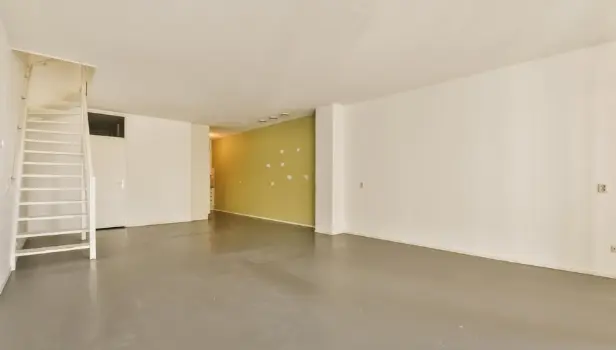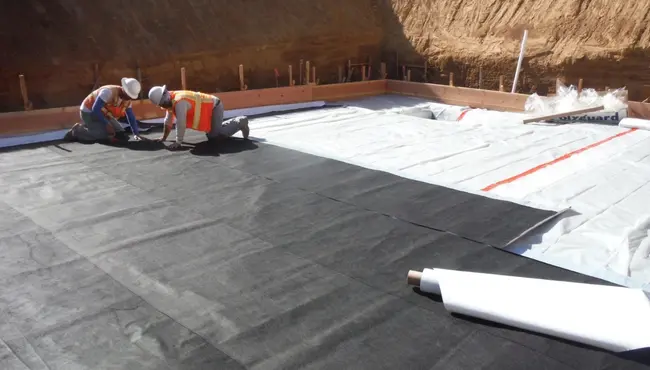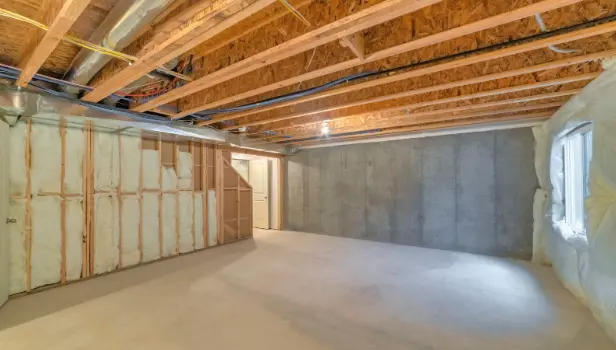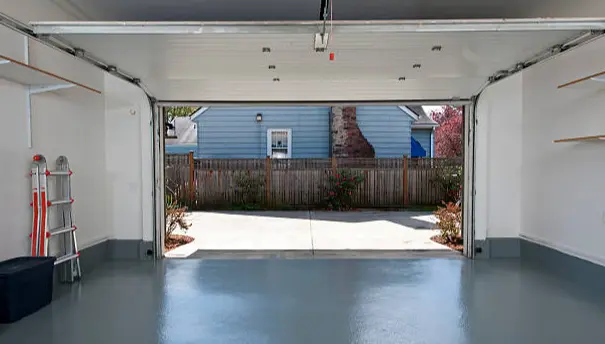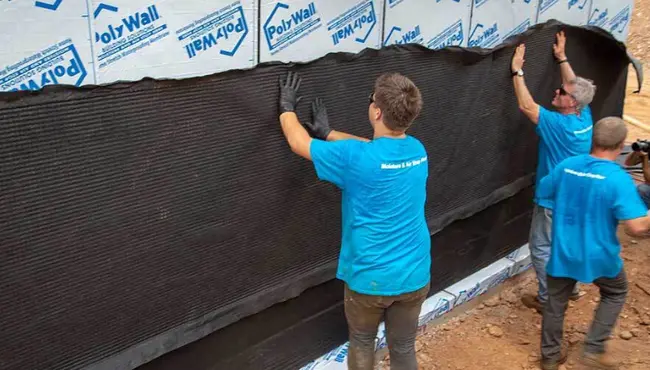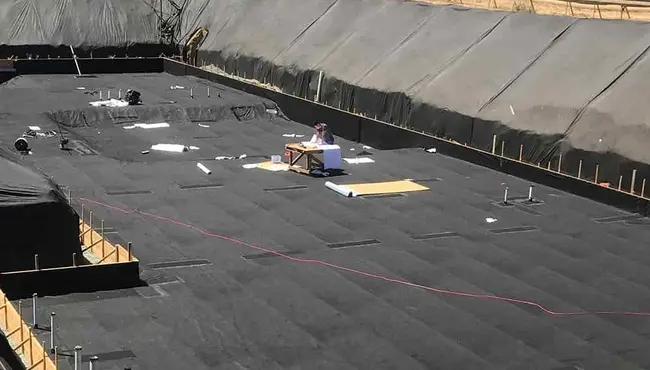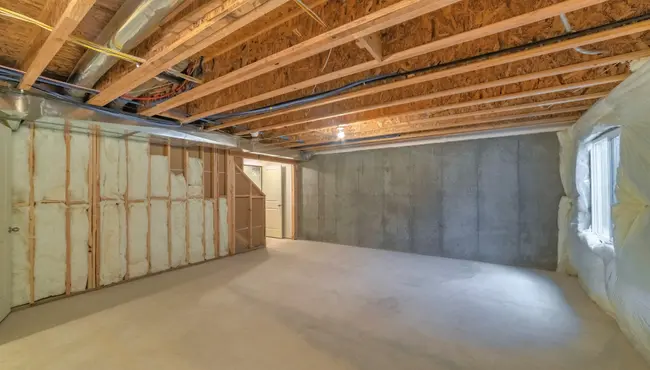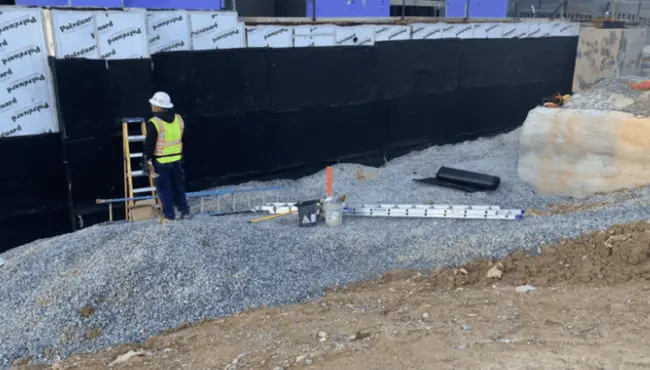Basement waterproofing materials ensure a safe, dry environment by preventing water and moisture intrusion. Whether addressing issues inside or outside the home, choosing the right basement waterproofing material plays a significant role in protecting a basement's integrity.
This guide provides detailed insights into materials, methods, and practical considerations for effective basement waterproofing.
Understanding Basement Waterproofing
Basement waterproofing involves applying specialized materials and techniques to prevent water from penetrating below-ground structures. Water-related issues often stem from hydrostatic pressure, inadequate drainage, and foundation cracks. Using the proper basement waterproofing materials addresses these challenges with innovation and precision, providing lasting protection.
Types of Basement Waterproofing Methods
Effective basement waterproofing encompasses both interior and exterior strategies, each tailored to specific conditions and requirements.
Interior Waterproofing
Interior waterproofing focuses on managing moisture that has entered the basement, preventing it from causing damage or further infiltration.
- Sealants and Coatings: Applying waterproof paints, sealants, and epoxy injections to walls and floors creates a protective barrier against moisture.
- Interior Drainage Systems: Systems like French drains and sump pumps effectively redirect water away from the basement, keeping it dry.
Exterior Waterproofing
Exterior waterproofing addresses water intrusion at its source, preventing it from reaching the basement walls and floors.
- Waterproof Membranes: Applying waterproof membranes and bituminous coatings to exterior foundation walls blocks water ingress. Durable basement waterproofing materials, including pre-applied options, are designed to withstand challenging conditions and protect concrete structures.
- Exterior Drainage Solutions: Installing drainage tiles, gravel layers, and ensuring proper grading directs water away from the foundation, reducing hydrostatic pressure. Polyguard's exterior solutions complement these measures to provide comprehensive protection against moisture.
With a clear understanding of the methods and materials involved in basement waterproofing, it’s time to explore the advanced solutions that Polyguard offers to address these challenges effectively.
Polyguard Products: Advanced Waterproofing Solutions
Polyguard specializes in advanced waterproofing solutions tailored for interior and exterior applications. Below are some key products:
- Polyguard 650 Membrane: This sheet-applied basement waterproofing material is designed for vertical and horizontal concrete surfaces. It offers superior resistance to hydrostatic pressure, making it ideal for basement foundations.
- Exterior Basement Wall Sealers: Polyguard’s specialized membranes seal exterior walls, effectively blocking moisture and ensuring durability.
- Underseal® Underslab Membrane: This pre-applied waterproofing sheet protects basements from water ingress and contaminant migration, offering reliable protection beneath concrete slabs.
While Polyguard provides cutting-edge solutions, it’s also important to understand the broader range of basement waterproofing materials available and their specific applications
Common Basement Waterproofing Materials
The choice of basement waterproofing material impacts durability, cost, and effectiveness. Here are the most common options:
- Cementitious Coatings: Easy to apply and highly effective on concrete surfaces, these coatings create a solid barrier against water.
- Liquid Waterproofing Membranes: Flexible and adaptable, these membranes are ideal for complex surfaces, providing seamless coverage.
- Sheet Membranes: Perfect for exterior use, these membranes offer robust resistance to hydrostatic pressure.
- Bentonite Clay: Known for its natural swelling properties, this material forms an impermeable barrier upon contact with water.
- EPDM Rubber: A durable, synthetic rubber membrane with excellent weather resistance, commonly used in challenging environments.
Geographic Considerations for Basement Waterproofing
Local geography plays a key role in water intrusion. Clay-rich soils trap water, heavy rainfall or snowmelt increases hydrostatic pressure, and freeze-thaw cycles in colder climates worsen foundation cracks, making durable, flexible waterproofing materials essential.
Beyond functionality, the choice of basement waterproofing materials can have a significant impact on both the environment and the health of those living in the space.
How Waterproofing Materials Benefit Your Home and the Environment
Thoughtful choices in waterproofing materials can significantly impact sustainability and indoor air quality.
- Eco-Friendly Options: Many traditional basement waterproofing materials contain VOCs that negatively affect the environment. Polyguard’s low-VOC alternatives deliver effective waterproofing without harmful emissions, reducing environmental impact.
- Reducing Mold Growth: Effective waterproofing minimizes damp conditions that promote mold growth. Polyguard’s membranes and coatings create a healthier living space by blocking moisture and preventing mold formation.
- Durability and Waste Reduction: Long-lasting basement waterproofing materials reduce the need for frequent replacements. Polyguard’s solutions are engineered for longevity, minimizing waste and supporting sustainability.
Once you’ve chosen the right waterproofing materials, the next step is determining whether to tackle the project yourself or enlist professional expertise.
DIY vs. Professional Installation
Whether you take on a project yourself or hire a professional depends on your experience level and the scope of work.
- DIY-Friendly Products: Polyguard offers user-friendly options, such as wall sealers and liquid membranes, ideal for smaller tasks like sealing cracks or applying coatings to walls and floors. Homeowners can follow Polyguard’s step-by-step guides for proper application.
- Professional Installation: Larger or more complex projects, such as installing sheet membranes or addressing major structural repairs, benefit from professional expertise. Polyguard’s products are designed to integrate seamlessly with professional systems, ensuring optimal performance.
After implementing a waterproofing system, regular maintenance is essential to ensure long-term effectiveness and protection.
Maintenance Tips for a Waterproof Basement
Proper maintenance is essential to preserve the effectiveness of waterproofing systems.
- Seasonal Inspections: Check for leaks, cracks, or moisture after heavy rains or seasonal changes. Early detection prevents costly damage.
- Exterior Drainage Checks: Ensure your property’s grading remains intact and water flows away from the foundation. Over time, erosion may require slope adjustments.
- Foundation Repairs: Address small cracks in concrete walls or floors promptly using Polyguard’s repair products to avoid more extensive issues.
Even with the right materials and methods in place, homeowners often question whether basement waterproofing justifies the time and expense.
Is Waterproofing a Basement Worth It?
Waterproofing a basement is often seen as a significant investment, and many homeowners wonder if it’s worth the time and cost. By understanding how effective basement waterproofing materials protect your home and provide lasting value, the answer becomes clear.
Protecting Your Home’s Structural Integrity
Water intrusion weakens a home’s foundation, leading to expensive repairs if left unaddressed. High-quality basement waterproofing materials, like those offered by Polyguard, prevent damage caused by hydrostatic pressure or soil movement. This proactive measure ensures your home remains structurally sound for years to come.
Maximizing Usable Space
A dry basement offers the opportunity to expand your home’s usable square footage. With reliable waterproofing materials, homeowners can confidently transform basements into living areas, offices, or storage spaces without worrying about water damage or dampness.
Increasing Property Value
Investing in basement waterproofing enhances a property’s resale value. Prospective buyers value homes that are free of water damage and mold, and the use of advanced basement waterproofing materials demonstrates that the home has been well-maintained.
Weighing the Costs and Benefits
While the upfront cost of waterproofing can vary, the long-term savings often outweigh the initial investment. Repairs to a flooded basement or foundation damage can cost significantly more than implementing a durable waterproofing system. Long-lasting solutions from Polyguard ensure homeowners can avoid frequent repairs, providing peace of mind and financial savings.
Protect Your Basement with Polyguard’s Advanced Waterproofing Materials
Polyguard offers a comprehensive range of basement waterproofing materials tailored for both interior and exterior applications. Our solutions are designed to address moisture challenges effectively, ensuring unmatched reliability and durability. Whether working on new construction or retrofitting an existing structure, Polyguard’s expertise will keep your basement dry and secure.
Contact us today for more information.
